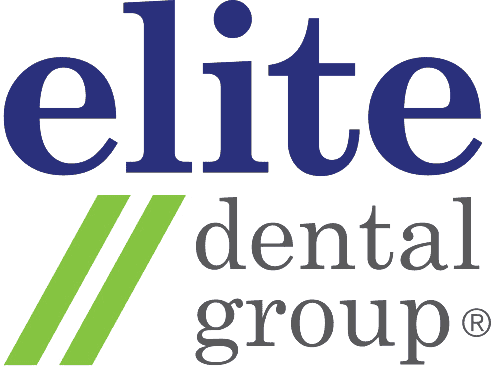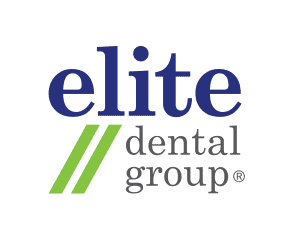
ELITE ACTIVE MAINTENANCE PROGRAM
Elite Dental Active Maintenance Program

In the absence of pain or discomfort in their mouths, most people do not prioritise regular dental visits. Life takes over, and dental visits get forgotten.
Do I need regular dental maintenance if I don’t have any pain?
With regular 3-6 monthly maintenance visits, you can prevent:
- Unexpected costly dental work due to undetected problems and neglect
- Dental emergencies
- Worsening of pre-existing oral conditions that may not yet be causing symptoms
Please click here to read about why maintenance checkups are important even when you are not in pain.
Why are regular dental checkups important?
In recent years, more research is showing the link between conditions in the mouth and overall health. Conditions such as cardiovascular disease, Alzheimer’s disease and diabetes are linked with oral health status. Most dental disease begins silently, without any warning signs or symptoms. Some (such as oral cancer) may be fatal when detected too late!
If you have had extensive dental work (implants, multiple crowns/veneers) done, active maintenance helps to keep this functional for as long as possible.
Does the dentist only check my teeth during an active maintenance visit?
Oral cancer screening is carried out on the soft tissues (gums, cheeks, lips, tongue, pharynx and floor of the mouth) as part of your routine oral examination.
Your dentist will also be evaluating tooth wear and oral hygiene status during active maintenance. Dentures, retainers and mouthguards are also checked for fit.
Should I still keep up with active maintenance during pregnancy?
Definitely yes! Oral health can get neglected and women may be at increased risk of gum problems, tooth decay and acid erosion of the teeth due to hormonal changes and unfavourable dietary habits during pregnancy.
Severe uncontrolled gum disease may increase the risk of premature birth so active maintenance is important to keep this under control.
How are active maintenance visits carried out at Elite Dental Group?
Step 1: Dental x-rays
Updated dental x-rays form part of an accurate and thorough checkup. This is because many problems are not visible to the naked eye.
Your x-rays should be updated at least once every 2 years because our oral condition is constantly changing due to age and lifestyle.
Step 2: Oral Cancer Screening
A visual and manual examination of your oral soft tissues, checks for any lumps, bumps, ulcers, or any abnormalities. Any lesions identified are photographed.
Step 3: Examination of your teeth
A thorough examination of your teeth can identify tooth decay, defective fillings, cracks and wear on your teeth. Levels of plaque accumulation are noted.
Step 4: Examination of your gums
Gentle probing of the gums, checks for signs of gum disease, such as bleeding, inflamed gums or deep gum pockets.
Step 5: Bite examination
Tooth alignment and bite patterns change with time. These changes may produce jaw joint symptoms or abnormal tooth wear.
Step 6: Professional cleaning
Guided Biofilm Therapy is our standard of care to ensure all plaque is thoroughly removed. Fluoride gel or varnish may also be applied.




